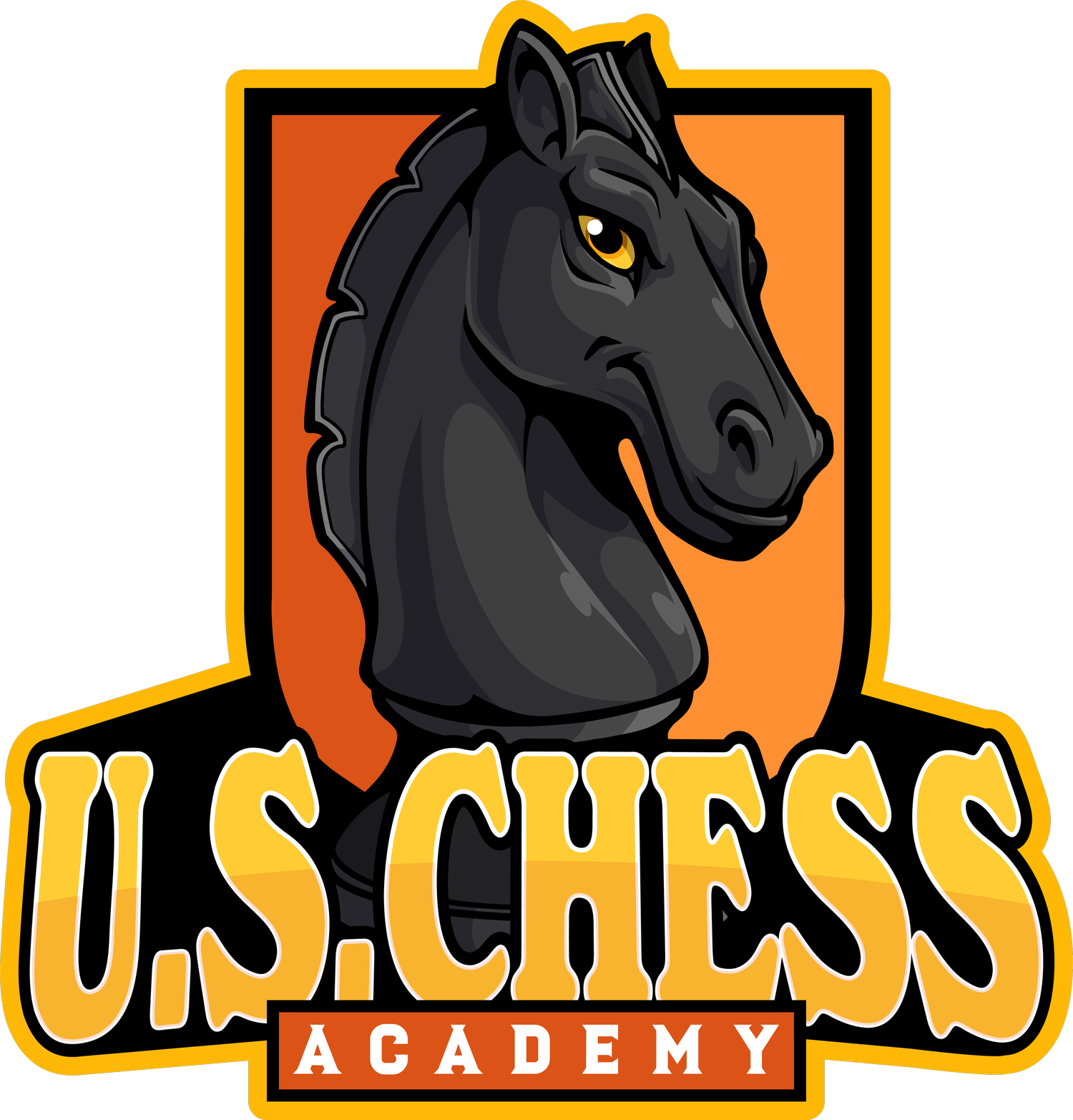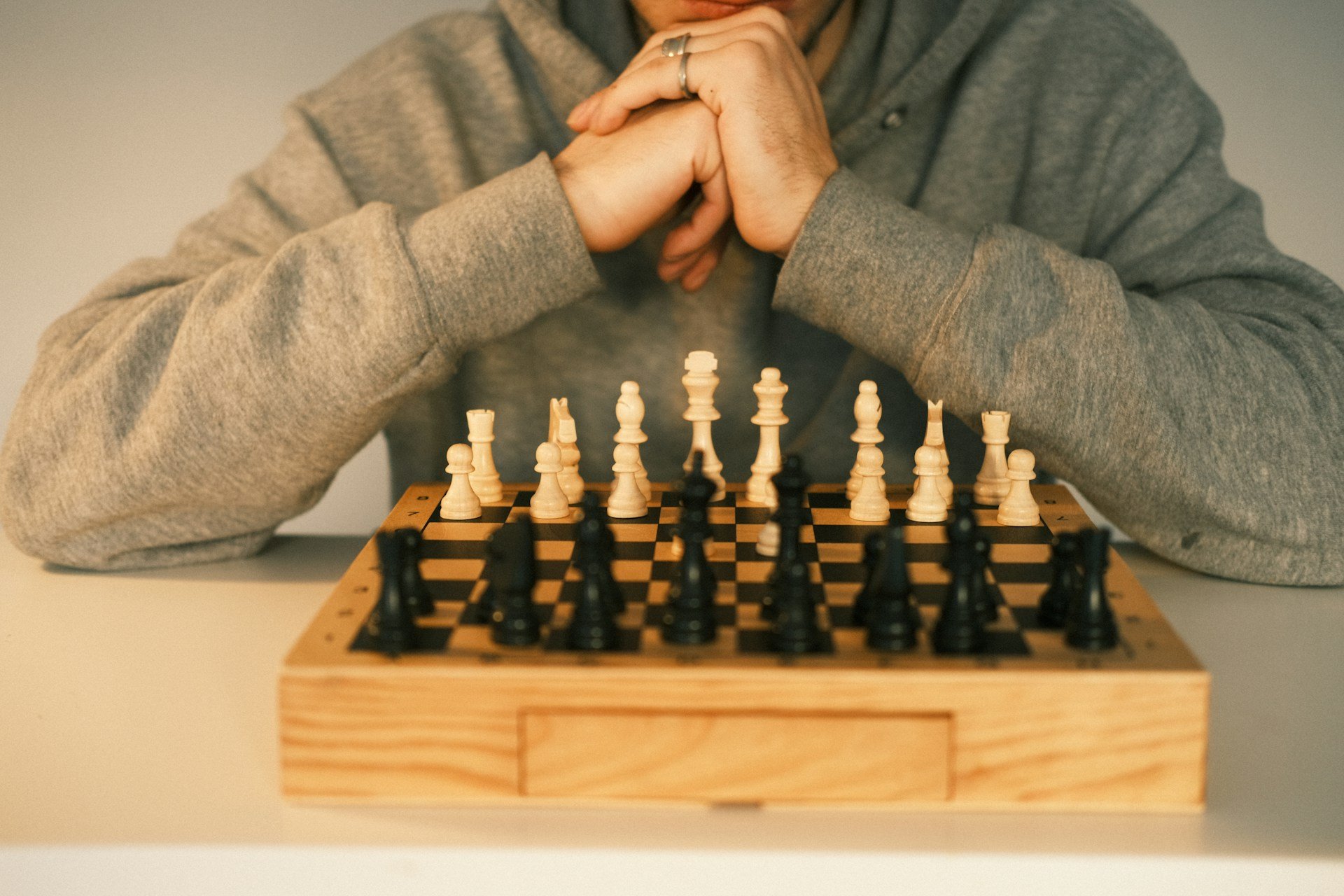Understanding Grandmaster Chess Techniques
Grandmaster chess techniques aren't just for the elite few. The strategies and skills that grandmasters use can enhance your game, giving you a deeper understanding of chess. These techniques emphasize foresight, creativity, and discipline, each move made with purpose and precision. For players in Brooklyn, NY, learning these techniques can elevate your chess experience by opening new tactical possibilities—and who wouldn't want to play like a grandmaster?
Learning the approaches that grandmasters favor also means delving into the mental aspects of the game. It's not just about playing each piece; it's about thinking several moves ahead and even predicting your opponent's strategy. This deeper understanding can dramatically impact how you play, whether you're competing for fun or in a community tournament.
Key Principles of Grandmaster Techniques
Grandmasters follow a set of principles that lay the foundation for their game. Understanding these can help you see the board in a whole new light.
- Strategic Thinking: Grandmasters plan strategically rather than reactively. They look several moves ahead and consider potential outcomes before making a decision.
- Piece Activity: It’s all about using every piece efficiently. A piece that controls more squares is far more valuable than one tucked away unused.
- Control and Balance: Maintaining a balance between attack and defense is crucial. Grandmasters distribute their pieces evenly to exert pressure across the board, not just in a single area.
These principles are not just theory; they're practical steps you can use in your games. Imagine using these ideas next time you play: you'll likely notice how your understanding of each position deepens, allowing you to make decisions with confidence. As you adopt these principles, you'll find that your gameplay becomes more cohesive, with each piece contributing to your strategy.
Common Grandmaster Opening Strategies
The opening is where grandmasters set the stage for the rest of the game. Common opening strategies can help dictate the flow of the match from the first move.
- The Italian Game: This classic starting move focuses on rapid piece development and controlling the center.
- The Sicilian Defense: A popular defensive strategy that strengthens control over the board early on, often leading to dynamic and tactical games.
- The French Defense: Known for creating a solid but flexible setup, making it tough for opponents to break through.
These openings serve as the groundwork for building a strong position. They focus on both securing space and developing pieces efficiently, allowing you to launch a swift attack or establish a solid defense. Incorporating these strategies into your games can help you dictate the pace and seize control right from the start.
By mastering these principles and strategies, you begin to transform your game. Whether you're aiming to climb ranks or simply enjoy the unmatched thrill of outsmarting your opponent, integrating these grandmaster techniques into your gameplay can be a game-changer.
Mastering the Middlegame Like a Grandmaster
The middlegame is where your strategic skills truly come into play. By mastering this phase, you shift from setting up your position to executing calculated tactics.
Grandmasters focus on piece placement and control during the middlegame. Placing pieces on strong squares can restrict your opponent's movements and open opportunities for your own attacks. It's crucial to stay aware of the entire board, ensuring that your moves align with a coherent strategy.
To capitalize on your opponent's weaknesses, keep your eyes peeled for misplaced or unsupported pieces. By applying consistent pressure, you'll force mistakes that you can exploit. Many players find it helpful to:
- Identify open files and use them to double rooks or place a queen.
- Spot weak squares and use knights or pawns to control them.
Practicing these steps can make the middlegame less daunting, letting you advance to the endgame with a tactical edge.
Grandmaster Endgame Techniques
The endgame is where patience and skill combine, making it crucial to secure a win. Grandmasters often focus on simplifying the board by exchanging pieces while keeping their own endgame strengths intact.
One key aspect of the endgame is understanding king activity. An active king becomes a powerful piece, supporting pawns or anticipating threats. Always position your king in a way that strengthens your position or supports your remaining pieces.
Pawns play a vital role in the endgame. Promoting a pawn to a queen can shift the game in your favor. Key strategies include:
- Coordinating your pieces to support pawn advancement.
- Controlling the opponent’s pawns to limit their movements.
These approaches can guide you to success in the closing moments of the game. As the board clears, each move becomes a puzzle to solve, demanding focus and sharp calculation.
Tying It All Together
Chess is a complex tapestry of strategies and tactics, best understood through practice and study. By adopting grandmaster techniques, players can elevate their understanding and performance. The journey through openings, middlegames, and endgames builds a robust skill set, allowing every game to be an opportunity for growth. Whether in a friendly match or a local tournament in Brooklyn, these techniques can transform your playstyle and deepen your love for the game.
Discover how United States Chess Academy can help you refine your skills with personalized attention. Explore our in-person private lessons in Brooklyn, NY, and strengthen your strategy through focused chess grandmaster techniques. Whether you’re preparing for your next tournament or just want to boost your strategic thinking, our dedicated instructors are ready to guide you every step of the way.

